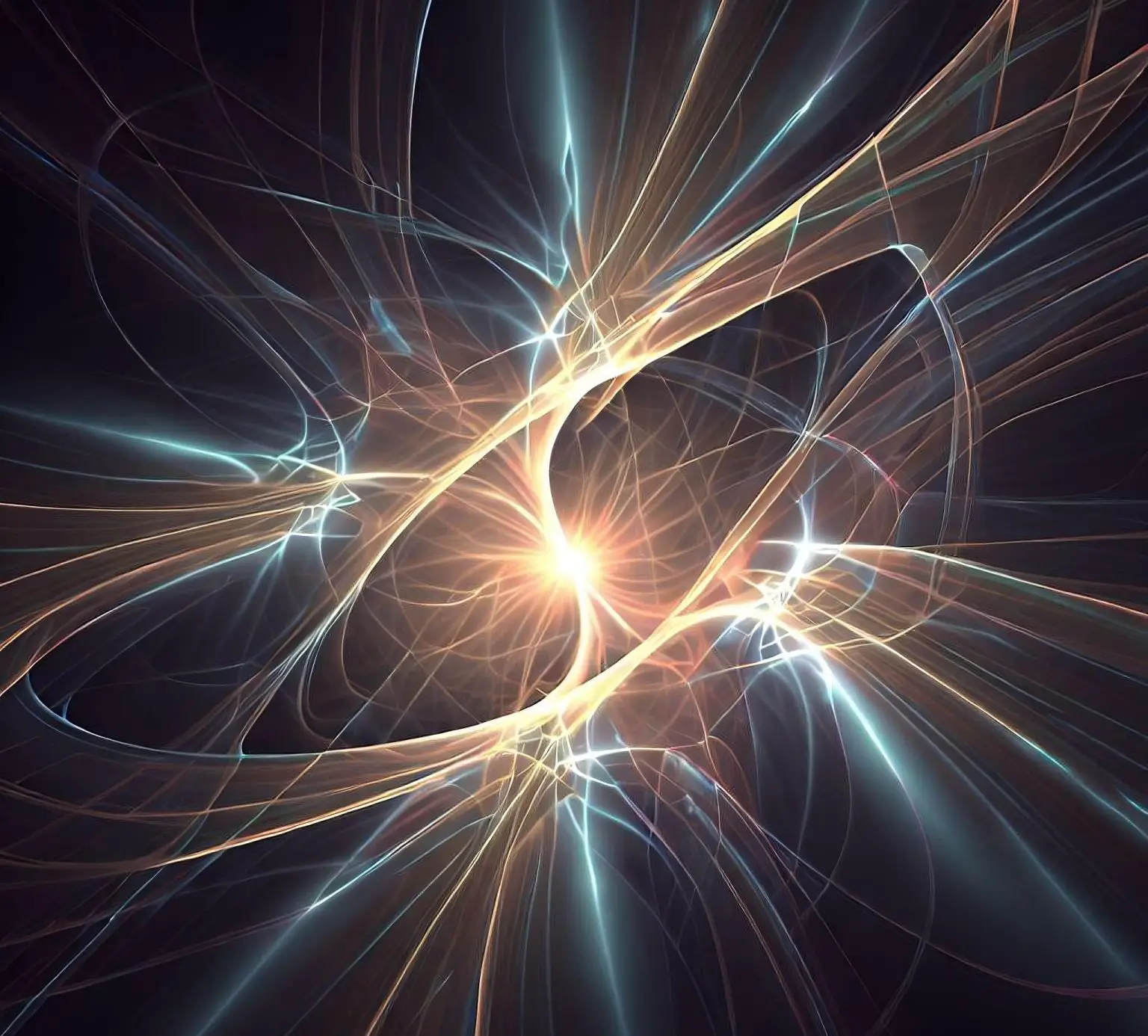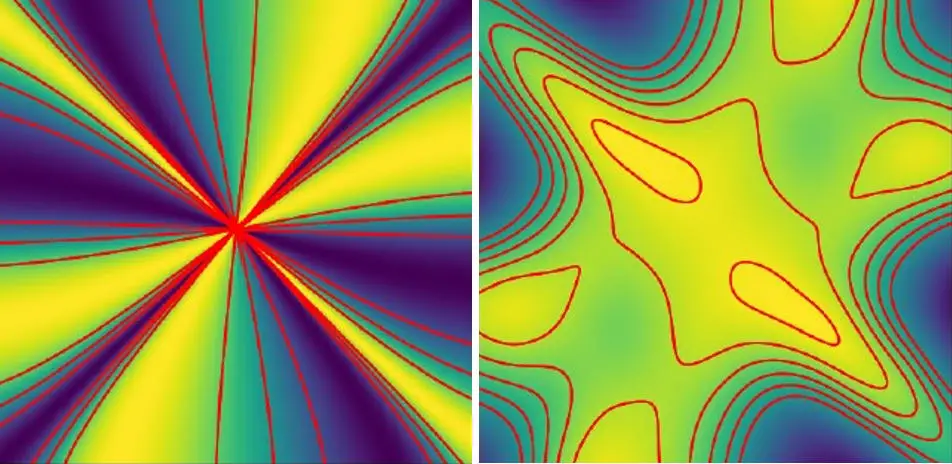Fractons are sub-dimensional quasiparticles. Wikipedia determines the fracton-particle as "A fracton-particle is an emergent topological quasiparticle excitation which is immobile when in isolation. Many theoretical systems have been proposed in which fractons exist as elementary excitations. Such systems are known as fracton-particle models. Fractons have been identified in various CSS codes as well as in symmetric tensor gauge theory" (Wikipedia/Fracton (subdimension particle)
In the simulation, researchers used the quasi-particles called fracton-particles as data storage. And that thing is an important thing, in quantum systems because storing data is required when information or data will be driven from the binary system to the quantum system.
"Theoretical physicists are exploring the potential of “fractons,” stationary and immobile quasiparticles that could provide secure information storage, based on a mathematical extension of quantum electrodynamics. Although no material currently exhibits these fractons, ongoing research aims to create more accurate models, incorporating quantum fluctuations, that could guide experimental physicists in designing and measuring materials with these properties, possibly leading to a significant quantum leap in future technology".(ScitechDaily.com/Fractons As Information Storage – Scientists Unveil Surprising Behavior)
"Numerical modeling results in a fraction signature with typical pinch points (left) and should be observable experimentally with neutron scattering. Allowing quantum fluctuations blurs this signature (right), even at T=0 K. Credit: HZB"(Fractons As Information Storage – Scientists Unveil Surprising Behavior). If researchers can manipulate the form of Fractons that thing makes it impressive data storage.
The ability to store data in quantum mode is extremely important when the system re-adjusts the quantum entanglement. The system can maintain the quantum entanglement for a limited time. And if it cannot store data while it re-adjusts the quantum entanglement and superposition the data is lost. The system must protect the data storage against corruption that things like changes in EM fields can cause. Quantum storage makes data storage flexible and fast. But the main problem is that the operators cannot see data when it travels in the quantum system.
Otherwise, the quantum computer must store data in the binary mode. And that thing requires time. The quantum system must remove data from qubits and turn it into binary mode. Then it must remake the quantum entanglement and superposition. The problem is that the superposition and entanglement must make before the data is driven in the system.
The fact is that the quantum computers are new things. There are lots of troubles, that the researchers must win before we can say "bye" to our binary computers. And one of the biggest things is the error correlation. The thing that can check the answers for quantum computer calculations is another quantum computer. The answer for error correlation and error detection is simple. The system can use two quantum systems that are separated from each other.
And then if those systems get similar answers there is the possibility that the system has no errors. If the system sends the information twice through those data-handling lines that thing can eliminate the possibility that things like FRB:s are affecting the quantum entanglement.
https://www.sciencealert.com/quasiparticles
https://en.wikipedia.org/wiki/CSS_code
https://en.wikipedia.org/wiki/Fracton_%28subdimensional_particle%29






No comments:
Post a Comment
Note: Only a member of this blog may post a comment.